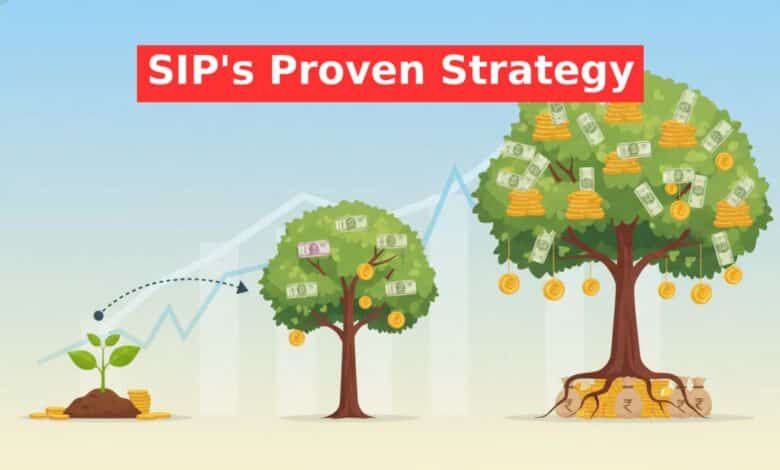SIP 7-5-3-1 Rule: What is the 7-5-3-1 rule of SIP? Know this proven strategy for wealth creation in mutual funds

SIP 7-5-3-1 Rule: Investing is a long and arduous journey that begins with a single step but culminates only after testing the patience and discipline of the investor. Long-term investing, endorsed by legendary investors like Warren Buffett and Charlie Munger, is arguably the only sure-shot way to achieve financial success and independence. Over the past decade, Mutual Funds and Systematic Investment Plans (SIPs) have emerged as a proven and sustainable way of multiplying wealth.
Among the proven strategies for Mutual Fund investing is the 7-5-3-1 rule of SIP, which has been of immense financial benefit to several investors. This rule provides a disciplined framework for your investment journey, helping you build wealth over the long term. Let’s understand this rule in detail.
What does the ‘7’ in the 7-5-3-1 rule of SIP stand for?
The number ‘7’ in this SIP rule stands for the time horizon. This number signifies that you must remain invested for at least 7 years to allow your investments to compound effectively. The core principle of long-term investing is the power of compounding, which can turn your small investments into a substantial corpus over time. A 7-year period helps your investment navigate short-term market volatility and grow steadily.
What does the ‘5’ in the 7-5-3-1 rule of SIP stand for?
The number ‘5’ in this rule stands for diversification. Experts advise that your portfolio should be diversified across at least five different asset classes or factors. This helps in mitigating investment risk. These five factors are:
Get Instant News Updates!
Join on Telegram- Quality: Investing in stable companies with a good track record.
- Value: Investing in stocks that are trading for less than their intrinsic value.
- Growth at Reasonable Price (GARP): Investing in companies with growth potential that are not overvalued.
- Mid / Small cap: Investing in medium and small-sized companies that have high growth potential.
- Global: Diversifying geographically by investing in international markets.
What does the ‘3’ in the 7-5-3-1 rule of SIP stand for?
You must overcome three emotional phases of the investment cycle, which is what the number ‘3’ signifies. Staying patient during these phases is the key to success.
- Disappointment Phase: This is when the returns are between 7-10 per cent, and you may feel tempted to book profits.
- Irritation Phase: This occurs when returns are minimal and do not meet your expectations.
- Panic Phase: This is the most challenging phase when your investment returns turn negative, and you might consider exiting in fear. Successfully navigating these three phases is crucial for long-term gains.
What does the ‘1’ in the 7-5-3-1 rule of SIP stand for?
The final number, ‘1’, represents a simple yet powerful habit. It simply means that you must increase your SIP amount after every one year. This strategy is also known as a ‘SIP Top-up’. As your income grows each year, increasing your investment amount, even by a small margin, can make a significant difference in your wealth creation journey over the long run.
(Disclaimer: The above article is meant for informational purposes only and should not be considered as any investment advice. WBPAY.IN suggests its readers to consult their financial advisors before making any money-related decisions.)

